How to Fertilize a Mango Tree Effectively: Tips and Tricks for Healthy Growth
- February 20, 2024
- 7 comment
Fertilizing mango trees is essential for healthy growth and producing plenty of fruit. By understanding the right nutrient balance, timing, and sustainable practices, you can help your mango tree thrive. This guide will walk you through key steps, including choosing the best fertilizer for mango trees, when to fertilize, and tips for applying organic or natural fertilizers effectively.
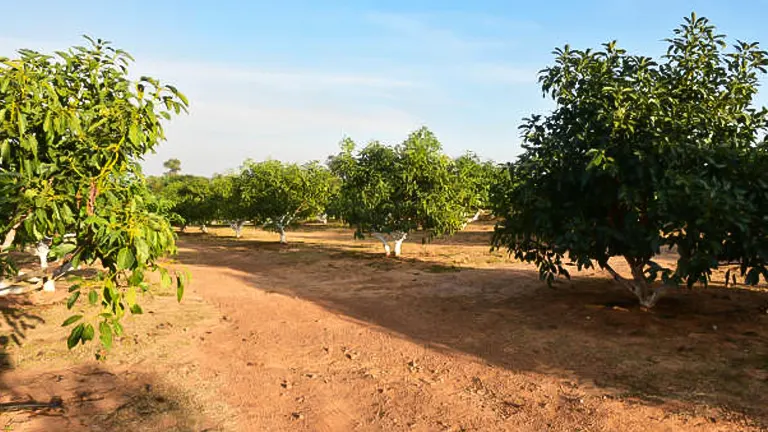
Whether you’re an experienced horticulturist or a home gardening enthusiast, nurturing mango trees to their full potential is within reach. By mastering the art of mango tree fertilization, you can ensure vibrant growth and a plentiful harvest. This guide highlights the best fertilizer options, natural techniques, and eco-friendly practices to support both your garden and the environment.
Table of Contents
- Understanding Mango Tree Nutrition
- Selecting the Right Fertilizer
- Best Practices for Fertilizing Mango Trees
- Method of Application for Fertilizing Mango Trees
- Seasonal Fertilization Schedule and Adjustments
- Orchard Layout and Pruning Techniques into Mango Tree Care
- Biofertilizers and Their Role in Mango Orchard Management
- Avoiding Common Fertilization Mistakes
- Supplemental Care Techniques
- Key Takeaways for Effective Mango Tree Fertilization
- Final Thoughts
- FAQs
Understanding Mango Tree Nutrition

Mango trees flourish with a precise balance of nutrients, each playing a pivotal role in various physiological processes. The three primary macronutrients—Nitrogen (N), Phosphorus (P), and Potassium (K)—are the backbone of mango nutrition, supporting everything from foliage development to fruit quality. However, the nutritional needs of mango trees extend beyond these basics, incorporating both secondary macronutrients and essential micronutrients that contribute to the tree’s overall health, resilience, and productivity.
Detailed Nutritional Roles:
- Nitrogen (N): Essential for chlorophyll production, N promotes vigorous leaf growth, forming the basis for photosynthesis and energy production.
- Phosphorus (P): Pivotal for root development, flower formation, and fruiting, Phosphorus supports energy transfer within the plant, enhancing growth and maturation.
- Potassium (K): K regulates osmotic processes, aiding in water retention, disease resistance, and the activation of enzymes critical for photosynthesis and protein synthesis.
Secondary Macronutrients and Micronutrient Significance:
Secondary macronutrients like Calcium (Ca), which strengthens cell walls and supports growth, and Magnesium (Mg), a core component of chlorophyll, are also crucial. Micronutrients, though needed in smaller quantities, are vital for the enzymatic processes and overall health of the mango tree.
Selecting the Right Fertilizer
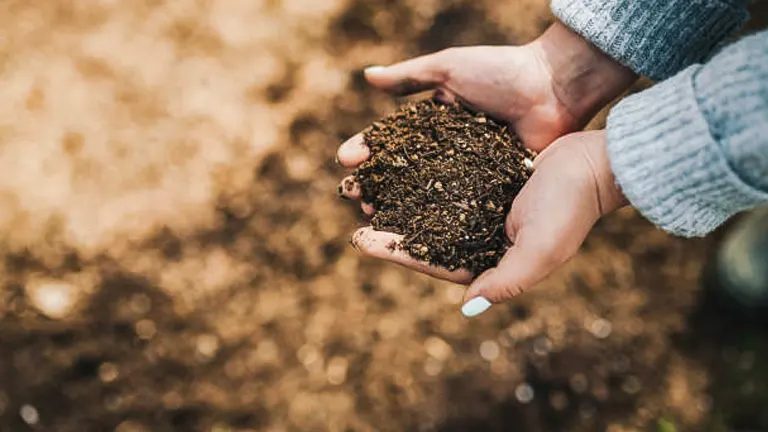
Choosing the right fertilizer involves not just understanding the N-P-K ratio but also considering the tree’s life stage, soil composition, and specific nutritional deficits. Organic fertilizers improve soil texture and microbial health over time, offering a slow-release nutrient source. In contrast, inorganic fertilizers provide immediate nutrient availability but must be used judiciously to avoid leaching and environmental degradation.
Nutrient Requirements and Fertilizer Selection for Mango Trees
| Nutrient | Role in Plant Health | Ideal Concentration (ppm) | Organic Source | Inorganic Source |
|---|---|---|---|---|
| N | Leaf growth, chlorophyll synthesis | 1500 – 2000 | Composted manure, blood meal | Urea, ammonium sulfate |
| P | Root development, flowering | 30 – 50 | Bone meal, rock phosphate | Superphosphate |
| K | Water regulation, disease resistance | 1500 – 2000 | Wood ash, green sand | Potassium sulfate |
| Ca | Cell wall strength, growth | 500 – 1000 | Gypsum, dolomitic limestone | Calcium nitrate |
| Mg | Chlorophyll production | 250 – 500 | Epsom salts, dolomitic limestone | Magnesium sulfate |
| S | Protein synthesis, enzyme function | 10 – 30 | Gypsum, elemental sulfur | Potassium sulfate |
| Micronutrients (Fe, Zn, B, etc.) | Enzymatic processes, growth regulation | Varies | Composts, micronutrient blends | Chelated micronutrients |
Understanding the intricate nutritional requirements of mango trees and selecting the appropriate fertilizer blend are fundamental to cultivating healthy, productive orchards. By adopting a scientific approach to fertilization, grounded in the specific nutritional roles and ideal concentrations of various nutrients, growers can optimize tree health, enhance fruit quality, and ensure the long-term sustainability of their orchard ecosystems.
Application Insights:
- The application method significantly impacts nutrient absorption efficiency. Incorporating fertilizers into the soil at the tree’s drip line ensures optimal root uptake.
- The timing of fertilizer application is crucial, with different nutritional formulations recommended for the growth, flowering, and fruiting stages to support the tree’s developmental needs.
Best Practices for Fertilizing Mango Trees
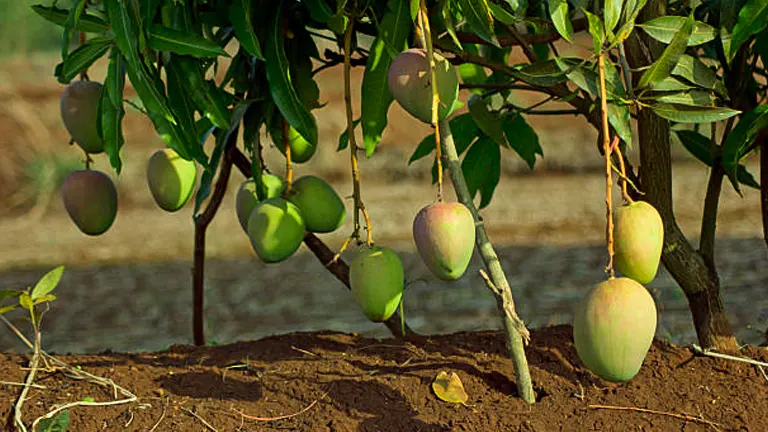
Understanding the nuanced phases of a mango tree’s growth and adjusting fertilization timing accordingly is pivotal for its health and yield:
- Initial Growth Phase (Spring to Early Summer): This period is critical for establishing a strong foundation for the upcoming flowering and fruiting seasons. Incorporating a slow-release, balanced fertilizer rich in Nitrogen at the onset of spring encourages vigorous leaf and branch development, setting the stage for robust flowering.
- Flowering to Fruiting Transition (Late Summer to Fall): As the tree transitions from flowering to fruit development, the nutritional focus shifts towards supporting fruit set and growth. A fertilizer blend lower in Nitrogen but higher in Phosphorus and Potassium can promote this transition, enhancing fruit quality and preparing the tree for the post-harvest recovery phase.
- Stress Reduction and Recovery (Post-Harvest): Following fruit harvest, a comprehensive application focusing on a balanced N-P-K ratio, along with essential micronutrients like Zinc, Magnesium, and Boron, can aid in the tree’s recovery, bolstering its resilience against pests, diseases, and environmental stress.
Young trees, particularly in their first two to three years, benefit from more frequent fertilization, about three to four times a year, to support their rapid growth and establishment. Mature trees, however, typically require only twice-yearly fertilization aligned with the above stages.
Quantity and Application
The amount of fertilizer needed depends on the tree’s age, size, and the specific product’s instructions. A general guideline is to use:
- Young trees: Apply 1 pound of fertilizer per year of the tree’s age, spreading it evenly around the tree’s drip line but not against the trunk to avoid burn.
- Mature trees: Use approximately 1 to 2 pounds of fertilizer for each inch of trunk diameter, measured at knee height. Spread this amount in two applications, dividing it between the pre-flowering and post-harvest timings.
For both young and mature trees, it’s essential to water the tree thoroughly after applying fertilizer to help dissolve the nutrients and facilitate their uptake by the roots.
Method of Application for Fertilizing Mango Trees
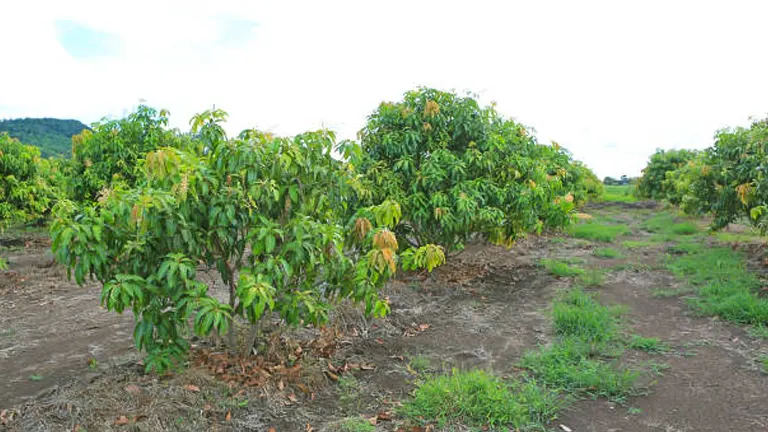
To ensure the health and productivity of mango trees, it’s crucial to apply fertilizers in a manner that maximizes nutrient absorption while minimizing risks to the tree. The method of fertilizer application plays a significant role in how effectively the tree utilizes the nutrients provided. Understanding the nuances of application techniques can lead to better growth outcomes and higher quality fruit production.
Strategic Placement for Maximum Absorption
- Drip Line Application: The most effective area for fertilizer application is around the tree’s drip line. This imaginary line on the ground mirrors the outer circumference of the tree’s canopy, where rainwater tends to drip off the leaves. The soil in this region is dense with feeder roots, which are specialized in nutrient uptake. By applying fertilizer here, you ensure that nutrients are readily available to these eager roots.
- Avoiding the Trunk: It’s vital to keep fertilizers away from the tree’s trunk to prevent “fertilizer burn,” a condition that can damage the bark and underlying tissue. Such damage can make the tree more susceptible to diseases and pests. A safe rule is to start applying fertilizer at least a few inches from the trunk, extending out to the drip line.
Techniques for Enhanced Nutrient Uptake
- Band Application: For young trees or newly planted saplings, applying fertilizer in a band along the drip line can be more beneficial than broadcasting. This method concentrates the nutrients in a zone where the young roots can access them more easily, promoting vigorous early growth.
- Deep Root Fertilization: For mature trees, deep root fertilization techniques can be employed. This involves injecting liquid fertilizer into the soil 8-12 inches deep around the drip line, ensuring that nutrients reach the deeper root system. This method can be particularly effective in dense soils where nutrient penetration from surface applications may be limited.
Incorporating Organic Matter
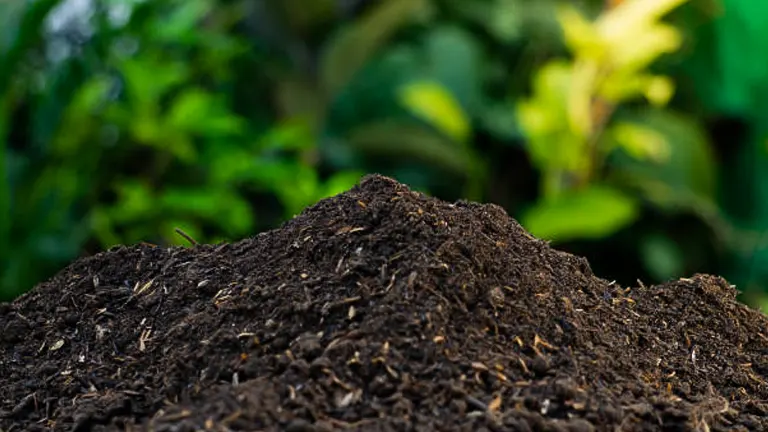
Mixing fertilizers with organic matter such as compost or aged manure can improve soil structure, increase microbial activity, and enhance nutrient availability. This mixture can be applied as a top dressing around the drip line. The organic matter acts as a slow-release nutrient source and helps retain moisture in the soil, further aiding nutrient uptake.
Mulching for Nutrient Retention
Applying a layer of organic mulch around the tree, extending to the drip line but not touching the trunk, can significantly enhance fertilizer efficiency. Mulch helps maintain soil moisture, keeps soil temperatures stable, and breaks down over time, adding organic matter to the soil. This environment is ideal for the proliferation of beneficial microorganisms that aid in nutrient breakdown and absorption.
Regular Monitoring and Adjustment
After applying fertilizer, it’s important to monitor the tree’s response over the following weeks and months. Observing changes in leaf color, growth patterns, and fruit development can provide clues about the effectiveness of the application and whether adjustments are needed. Soil and leaf tests can further guide the optimization of future fertilizer applications, ensuring that the tree receives precisely what it needs for optimal growth and fruiting.
Seasonal Fertilization Schedule and Adjustments
Season-Specific Fertilization Strategies
To maximize the health and yield of mango trees, it’s essential to tailor fertilization practices to the tree’s growth cycle and the changing seasons:
- Spring (Pre-Flowering Stage): Apply a balanced fertilizer rich in Nitrogen to support the upcoming growth spurt and flower development. This is also an ideal time to incorporate Phosphorus and Potassium to encourage healthy root development and fruit set.
- Summer (Fruit Development Stage): During the early summer, as fruits begin to form and grow, reduce Nitrogen application to avoid excessive vegetative growth and focus on Potassium-rich fertilizers to enhance fruit size, quality, and resistance to diseases.
- Fall (Post-Harvest Recovery): After harvest, apply a balanced fertilizer to help the tree recover and prepare for the next growing season. Include micronutrients such as Zinc, Manganese, and Boron to address any deficiencies and support overall tree health.
- Winter (Dormant Stage): In regions where mango trees experience a dormant period, reduce fertilization significantly. Focus on maintenance applications of micronutrients if soil tests indicate a need. This period is more about soil preparation for the upcoming growing season than active tree growth.
Adjusting Fertilization Based on Growth Stages and Environmental Factors
- Young Trees: For the first 2-3 years, prioritize Nitrogen to support rapid growth, applying smaller amounts more frequently throughout the growing season.
- Mature Trees: Shift towards a balanced approach with an emphasis on Potassium and Phosphorus to support fruit development and overall health.
- Environmental Considerations: Be mindful of local climate conditions, soil type, and water availability. In areas with heavy rainfall, nutrients may leach from the soil more quickly, necessitating more frequent or higher volume applications. Conversely, in drought-prone areas, reduce fertilizer quantities to match the reduced water availability and prevent nutrient overload.
- Soil Testing: Regular soil testing is invaluable for adjusting your fertilization strategy based on the actual nutrient status of the soil, allowing for targeted applications that address specific deficiencies without waste or environmental harm.
Orchard Layout and Pruning Techniques in Mango Tree Care
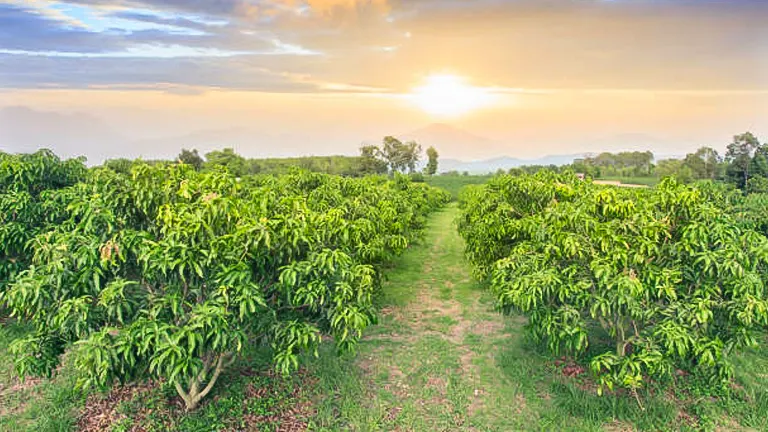
The layout of a mango orchard is crucial for optimizing space, sunlight exposure, and air circulation, all of which are vital for tree health and productivity. Here’s how spacing varies by orchard density:
- Medium-Density Orchards: Typically, trees are spaced 15 to 25 feet apart both in rows and between rows. This spacing allows for adequate growth room, sunlight penetration, and airflow between the trees, which is essential for healthy development and ease of management, including fertilization, irrigation, and pest control.
- High-Density Orchards: In high-density settings, trees might be spaced as closely as 10 feet apart within rows and 10 to 15 feet between rows. High-density planting requires more intensive management, including regular pruning to maintain tree size, optimize light exposure, and ensure air circulation. This approach can lead to earlier fruit production and potentially higher yields per acre but requires careful planning to avoid excessive competition for nutrients and water.
Pruning Techniques
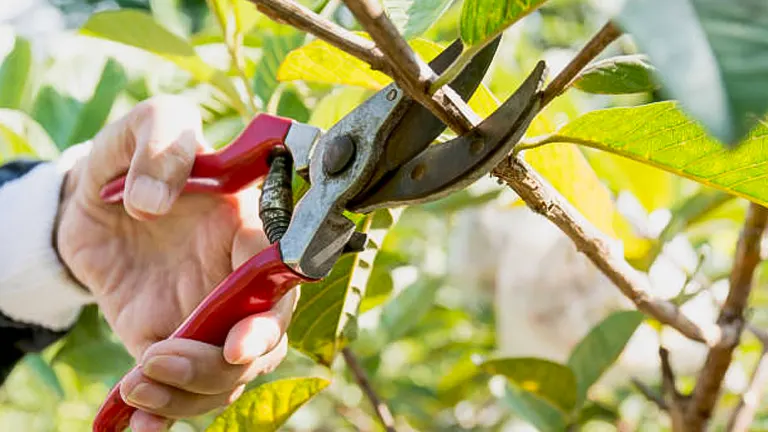
Pruning is an essential component of mango tree management, particularly in high-density orchards. Effective pruning techniques serve several purposes: they help control tree size, enhance light penetration and air circulation within the canopy, remove diseased or dead branches, and can improve fruit size and quality. Here are some key pruning practices:
- Formative Pruning: In the first 3-4 years, formative pruning shapes the tree and establishes a strong structural framework. This involves selecting a few main branches and removing competing shoots to encourage a balanced, open canopy.
- Maintenance Pruning: Performed annually to remove overcrowded and unproductive branches, maintenance pruning encourages healthy growth and fruiting. Focus on thinning the canopy to allow light to penetrate and air to circulate, reducing the risk of disease.
- Rejuvenation Pruning: Older trees may benefit from rejuvenation pruning to stimulate new growth and fruit production. This involves more significant cuts to remove old, unproductive wood and encourage the development of new fruiting branches.
Biofertilizers and Their Role in Mango Orchard Management
Understanding Biofertilizers
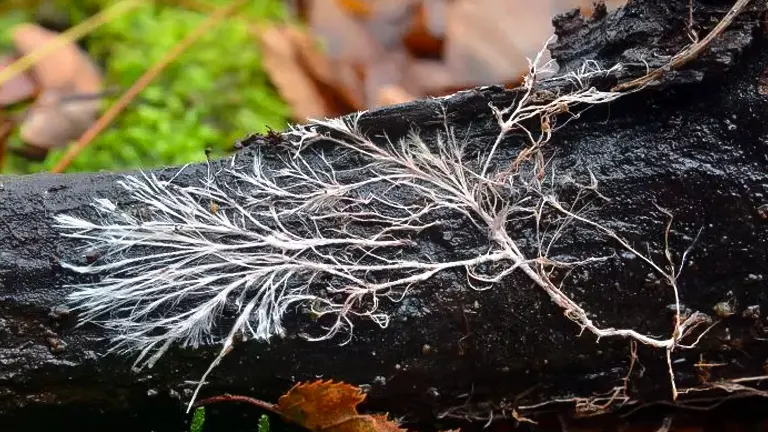
Biofertilizers are living organisms that enrich the soil with essential nutrients and enhance plant growth and health. Unlike chemical fertilizers, biofertilizers consist of beneficial bacteria, fungi, and other microorganisms that form symbiotic relationships with plant roots. These organisms play a crucial role in naturally cycling nutrients, such as nitrogen and phosphorus, making them more accessible to plants. For mango trees, which thrive in nutrient-rich soils, biofertilizers can be a sustainable solution to improve soil fertility and promote healthier growth without the adverse environmental impacts associated with synthetic fertilizers.
Types of Biofertilizers and Their Benefits
- Mycorrhizal Fungi: These fungi penetrate the root tissues to form a mycorrhizal network, drastically expanding the root’s effective surface area. This symbiosis allows the tree to access nutrients and water from a greater volume of soil, enhancing growth and resilience, especially in phosphorus-poor soils.
- Nitrogen-Fixing Bacteria: By converting atmospheric nitrogen into ammonia, these bacteria enrich the soil with bioavailable nitrogen, a key component for chlorophyll production and vegetative growth. This process is particularly beneficial in nitrogen-deficient soils, reducing the need for synthetic nitrogen fertilizers.
- Phosphate-Solubilizing Bacteria: Through the secretion of organic acids, these microorganisms liberate phosphorus from insoluble soil compounds, making it accessible to mango tree roots. Improved phosphorus availability supports robust root development, flowering, and fruiting.
Biofertilizers and Their Impact on Mango Trees
| Biofertilizer Type | Targeted Nutrient(s) | Benefits to Mango Trees | Expected Increase in Nutrient Availability |
|---|---|---|---|
| Mycorrhizal Fungi | Phosphorus, Water | Enhances nutrient and water uptake, drought resistance | Up to 50% more phosphorus availability |
| Nitrogen-Fixing Bacteria | Nitrogen | Boosts nitrogen levels for improved foliage growth | Can fix 20-200 kg N/ha/year |
| Phosphate-Solubilizing Bacteria | Phosphorus | Increases phosphorus uptake for root and fruit development | Up to 30% more phosphorus availability |
Implementing Biofertilizers in Mango Orchards
For optimal results, it’s recommended to apply biofertilizers during the planting stage and as part of regular orchard maintenance. Soil inoculation, seedling root dip, and foliar sprays are common application methods. Monitoring soil health and plant response is crucial to adjust biofertilizer types and application rates, ensuring the mango orchard’s needs are met comprehensively.
Advantages of Using Biofertilizers
- Sustainable Soil Health: Biofertilizers contribute to the long-term health of soil by enhancing its structure, increasing its organic matter content, and promoting the activity of beneficial microorganisms. This creates a more vibrant, living soil that supports healthier plant growth.
- Reduced Chemical Use: By providing a natural source of nutrients, biofertilizers can reduce the need for chemical fertilizers, lowering the risk of soil and water pollution and minimizing the orchard’s environmental footprint.
- Cost-Effectiveness: Over time, the use of biofertilizers can be more cost-effective than chemical alternatives. By improving soil fertility naturally, they can reduce the overall cost of inputs and increase the sustainability of mango cultivation.
- Enhanced Plant Resilience: Plants grown with the aid of biofertilizers often exhibit improved resilience to environmental stresses, diseases, and pests. This resilience can lead to more consistent and higher-quality mango yields.
Avoiding Common Fertilization Mistakes
Fertilizing mango trees, while essential, can lead to issues if not done correctly. Here are some common mistakes and how to avoid them:
- Over-fertilization: Applying too much fertilizer can harm the tree, leading to excessive leaf growth at the expense of fruit production, and can even burn the roots. Always follow recommended rates based on tree size and the specific fertilizer’s instructions.
- Improper timing: Fertilizing at the wrong time of year can disrupt the tree’s natural growth and fruiting cycles. Avoid fertilizing late in the growing season as this can stimulate new growth susceptible to frost damage.
- Ignoring soil pH: Soil pH affects nutrient availability. Mango trees prefer slightly acidic to neutral soil (pH 5.5-7.0). Test soil pH regularly and adjust as necessary to ensure nutrients are effectively absorbed.
- Neglecting micronutrients: While N-P-K are the primary nutrients, micronutrients are also crucial for the tree’s health. Use fertilizers that include micronutrients or apply specific micronutrient supplements as needed.
Supplemental Care Techniques
In addition to proper fertilization, several other practices can support the health and productivity of mango trees:
- Watering: Mango trees need deep, infrequent watering, especially during dry periods. This supports deep root growth and nutrient uptake. Avoid overwatering, as it can lead to root rot.
- Mulching: Applying organic mulch around the base of the tree helps retain soil moisture, regulate soil temperature, and reduce weed competition. Keep mulch a few inches away from the trunk to prevent moisture buildup and potential fungal issues.
- Pruning: Regular pruning helps maintain tree shape, remove dead or diseased wood, and improve air circulation and light penetration within the canopy, which is beneficial for overall tree health and fruit quality.
- Pest and Disease Management: Monitor for pests and diseases and manage them promptly using culturally appropriate and, when possible, organic methods. Healthy, well-fertilized trees are generally more resistant to pests and diseases.
Implementing these supplemental care techniques in conjunction with a thoughtful fertilization plan will enhance the vigor and yield of mango trees, ensuring a bountiful harvest.
Key Takeaways for Effective Mango Tree Fertilization
Fertilizing mango trees is a critical aspect of their care, directly influencing their growth, health, and the quality of fruit they produce. To achieve the best results, it’s essential to adhere to the following principles:
- Understand the Nutritional Needs: Recognize the importance of macronutrients (N-P-K) and micronutrients in supporting different stages of tree growth and fruit development.
- Select the Right Fertilizer: Choose between organic and inorganic fertilizers based on the tree’s needs, soil conditions, and environmental considerations. Opt for products that also include essential micronutrients.
- Follow Best Practices for Application: Time the fertilization to match the tree’s growth cycles, apply the correct quantities as per the tree’s age and size, and utilize effective methods to ensure nutrients are absorbed efficiently.
- Avoid Common Mistakes: Be wary of over-fertilization, improper timing, ignoring soil pH, and overlooking the importance of micronutrients.
- Implement Supplemental Care: Enhance fertilization efforts with proper watering, mulching, pruning, and pest/disease management to support overall tree health and resilience.
- Monitor and Adjust: Regularly assess the tree’s health and growth, adjusting fertilization and care practices as necessary to address any deficiencies or imbalances.
Related Post
- How to Fertilize Bougainvillea: A Complete Guide for Stunning Blooms
- How to Fertilize Apple Trees: Essential Tips for a Bountiful Harvest
- How to Fertilize Lemon Trees: Secrets for Thriving Citrus
- How to Fertilize Avocado Tree: A Step-by-Step Guide for Lush Growth
Final Thoughts
Achieving a balance between providing essential nutrients and supporting the tree’s natural growth processes is key to successful mango cultivation. By following the guidelines, gardeners and orchard managers can ensure their mango trees receive the optimal care needed for vibrant growth and abundant fruit production.
FAQs
- What is the best time of year to fertilize mango trees?
The ideal times to fertilize mango trees are in the early spring before the tree begins its growth cycle and again after the harvest to support recovery and prepare for the next growing season. Avoid fertilizing late in the fall or winter to prevent stimulating new growth that cooler temperatures could damage. - How often should I fertilize young mango trees compared to mature ones?
Young mango trees benefit from being fertilized three to four times a year to support their rapid growth and establishment. In contrast, mature trees typically require fertilization only twice a year, timed with the pre-flowering stage and post-harvest period. - Can over-fertilization harm my mango tree?
Yes, over-fertilization can lead to nutrient burn, characterized by yellowing or browning leaf edges, and potentially damage the root system, making the tree more susceptible to disease and pest infestations. It’s important to follow recommended rates based on the tree’s size and the specific fertilizer’s instructions. - What type of fertilizer is best for mango trees?
A balanced fertilizer with an N-P-K ratio that matches the tree’s growth stage is ideal. During the growth phase, a higher nitrogen content can support foliage development, while a higher potassium content is beneficial during the fruiting stage. Organic fertilizers are preferred for their long-term benefits to soil health. - How should I apply fertilizer to my mango tree?
Fertilizer should be applied to the soil around the tree’s drip line, where the majority of feeder roots are located, and not directly against the trunk. This method ensures that nutrients are readily available where the roots can efficiently absorb them. - Do mango trees have any specific micronutrient requirements?
Yes, in addition to the primary nutrients, mango trees require micronutrients such as Zinc, Boron, Manganese, and Iron for optimal growth and fruiting. These can be applied through foliar sprays or added to the soil, especially if a deficiency is identified through soil or leaf analysis. - How does soil pH affect fertilizer efficiency for mango trees?
Mango trees prefer slightly acidic to neutral soil (pH 5.5-7.0). Soil pH outside this range can affect nutrient availability, with certain nutrients becoming less available in overly acidic or alkaline soils, making pH adjustment necessary for effective fertilization. - Can mulching around my mango tree improve fertilizer efficiency?
Yes, mulching helps maintain soil moisture, moderate soil temperature, and reduce weed competition, which can enhance nutrient uptake. Organic mulches also break down over time, adding nutrients to the soil. However, keep mulch a few inches away from the trunk to prevent moisture buildup and potential fungal diseases.
Remember, the goal is not just to grow mango trees but to nurture an environment where they can thrive. Continuous learning, observation, and adjustment are part of the journey towards becoming a successful mango tree cultivator.

Benjamin Brooks
Forestry AuthorGreetings! I'm Benjamin Brooks, and my journey over the past 15 years has revolved around the fascinating realms of content creation, expertise in snow clearing, and the intricate world of lumberjacking and landscaping. What began as a simple curiosity about the natural world and heavy machinery has evolved into a passionate profession where my love for crafting words intertwines seamlessly with my lumberjacking and garden skills.
7 comments
More of a question - What is the best way to reduce prevent squirrels from eating mangos.
John C. Long
July 14, 2024 3:27 pmExcellent information and easy to comprehend....thanks!
Sterling Symonette
February 28, 2024 2:50 amThanks a lot! I'm glad you found it useful. If you have any questions or need more tips, just let me know.
Benjamin Brooks
March 1, 2024 12:35 amIve got mango trees i want tge advice to make them grow and bear more mangoes
Nomfanelo
February 26, 2024 6:54 amAwesome info! Comprehensive and accurate. Kudos to such excellent research and study.
Corey Bouchard
February 24, 2024 10:57 amDiseases of mango

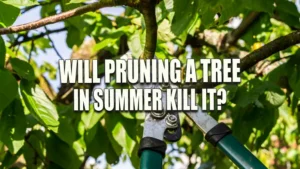








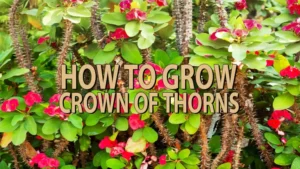
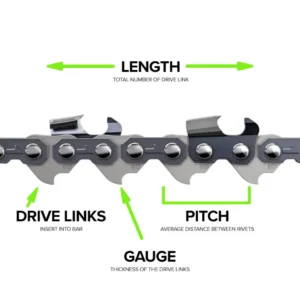
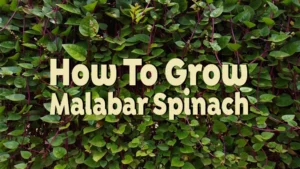
Can mango be grown in a 50-liter pot in a greenhouse? Do you have any information about fertilizer feeding in mango hydroponic conditions?
saedeh
August 14, 2024 8:45 am